Jaw pain / TMD
Temporomandibular Dysfunction / Jaw pain
Temporomandibular dysfunction (TMD) refers to pain or problems with the jaw and surrounding muscles of the face. Dysfunction in this area can affect many simple daily tasks such as speech and eating. Commonly TMD is referred to as TMJ which means the temporomandibular joint.
Symptoms of TMD
- Pain around the jaw, face, ear and neck region.
- Pain or difficulty with functions of the jaw such as chewing, eating, biting and speaking.
- Clicking of the jaw with opening or closing. Clicking does not have to be a sign of dysfunction but can be an indicator along with other signs or symptoms.
- Difficulty or an inability to open or close the mouth.
- Headache.
Causes of TMD
- Clenching or grinding of teeth.
- Poor muscle control or biomechanics of the jaw.
- Trauma to the face or head area.
- Arthritic conditions.
- Problems with the biting surfaces of teeth or dental issues.
- Stress or anxiety.
Physiotherapy Management
Management of temporomandibular joint disorder is not unlike management of other parts of the body. Management requires a thorough assessment to discover the cause of the pain. This involves taking a patient history, and assessing the mechanics of the jaw, face and neck. A treatment plan can then be devised. Treatment can consist of any of the following:
- Manual therapy to improve joint mobility of the jaw, neck and upper back.
- Massage the muscles of the jaw, face and neck.
- Ultrasound.
- Ice or heat therapy.
- Exercises are particularly important and are designed to improve control of the jaw.
- Posture and ergonomic advice.
- Behaviour changes to minimise strain onto the joint.


